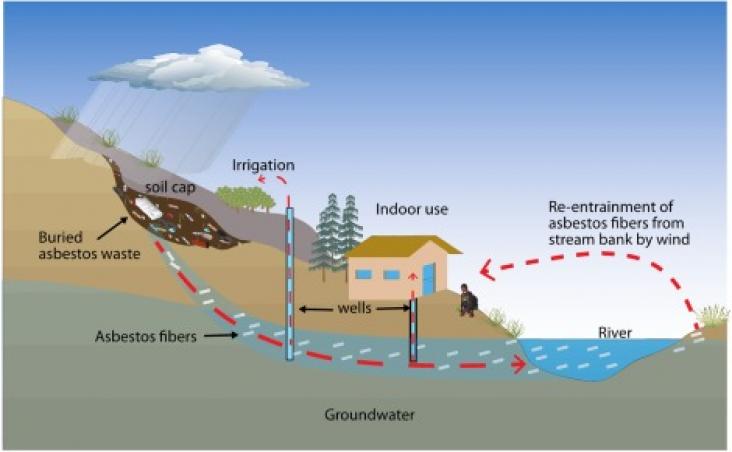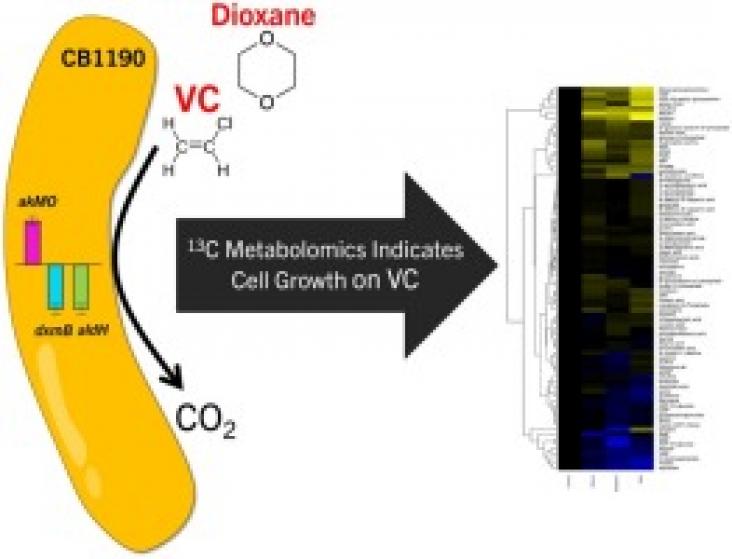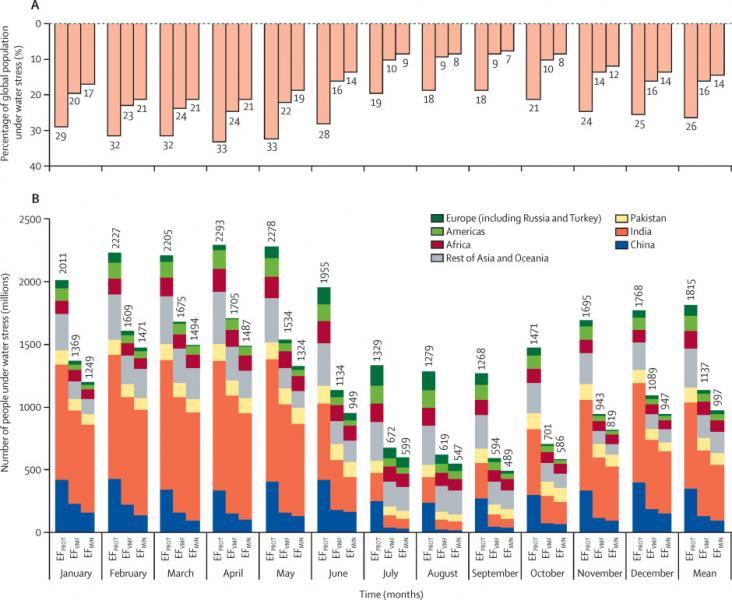Elsevier,
Amlanjyoti Kar, D.G. Dastidar, S.K. Adhikari, A.K. Sinha, T. Talukdar, A.N. Chowdhury, Prachi Gupta, Ankita Bhattacharya
This chapter explores case studies of ground water contamination (SDG 6) in West Bengal and solutions for mitigating it via innovative drilling techniques.
Elsevier,
Innovative Exploration Methods for Minerals, Oil, Gas, and Groundwater for Sustainable Development, 2022, Pages 193-211
This chapter advances SDG 6 by presenting an overview of a low-cost technique for investigating groundwater flow and mapping a contaminated zone in the subsurface.
Elsevier,
Handbook of Algal Biofuels. Aspects of Cultivation, Conversion, and Biorefinery, 2022, Pages 167-179
This chapter advances SDGs 6 & 7 by describing the use of halophilic algae for the desalination of seawater for drinking and other uses.
This content advances UN SDG 10 and 13 goals and seeks to examine implications of the Ramsar Convention’s silence on the procedural right to participation in light of indigenous peoples and local communities’ rights in Africa.
Hazard classifications have recently been introduced for persistent, mobile and toxic (PMT) and very persistent and very mobile (vPvM) substances, which are those that negatively impact water resource

To prevent exposure of millions of people living near thousands of contaminated sites to asbestos, the sites are typically capped with soil and amendments, assuming asbestos mobility underground is ne

Vinyl chloride (VC) and 1,4-dioxane (DX) are carcinogens and co-occurring groundwater pollutants. Co-contaminants often affect the ability of microorganisms to biodegrade individual constituents.
Per- and polyfluoroalkyl substances (PFAS) represent a family of emerging persistent organic pollutants.
In the context of climate change, which accentuates the growing scarcity of fishery resources, the traditional knowledge of West African fishermen was examined in this research.

This Article supports SDGs 3 and 6 by assessing global human water stress for low to high environmental flow protection. The findings suggest that ensuring high ecological protection would put nearly half the world's population under water stress for at least 1 month per year, meaning important trade-offs are made when allocating limited water resources between direct human needs and the environment.
